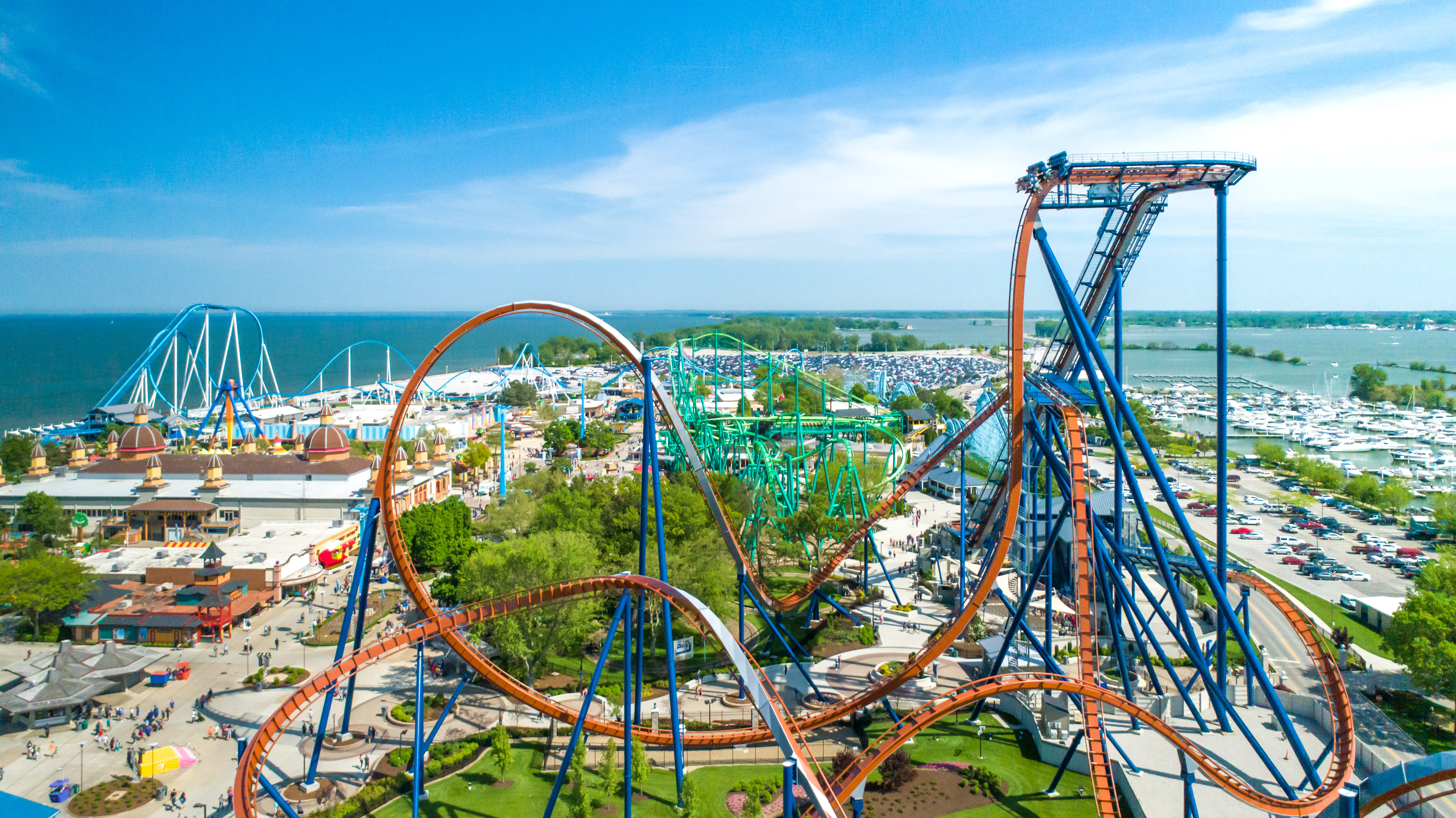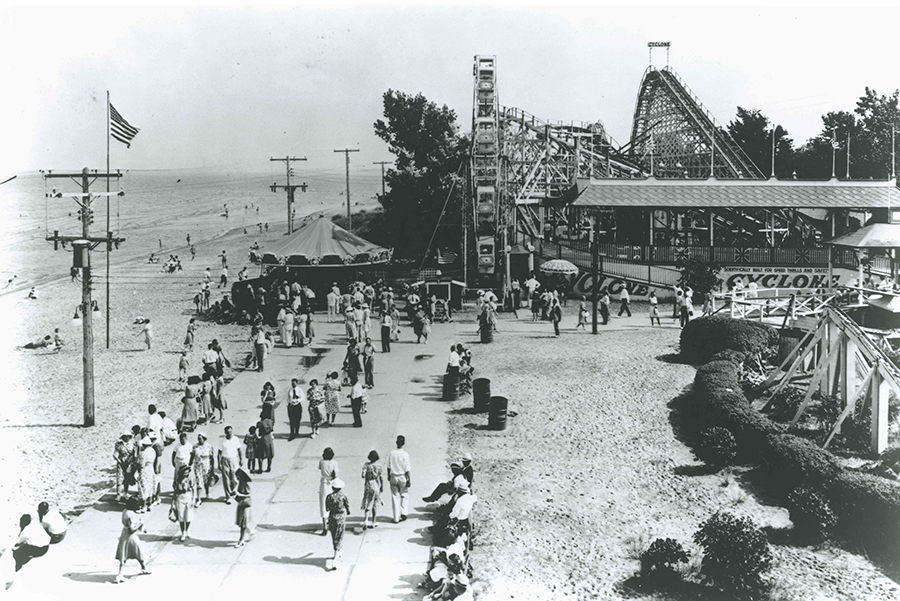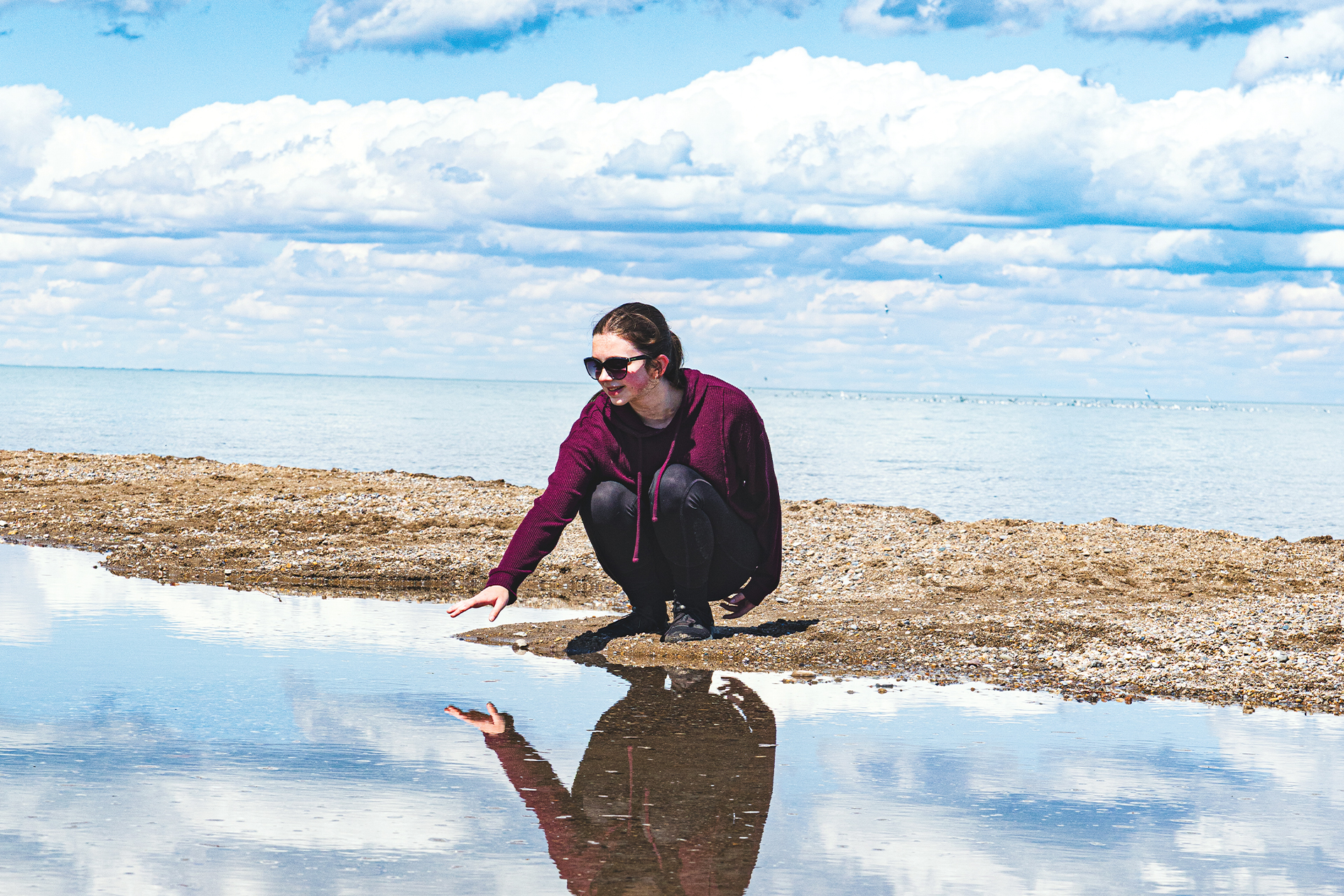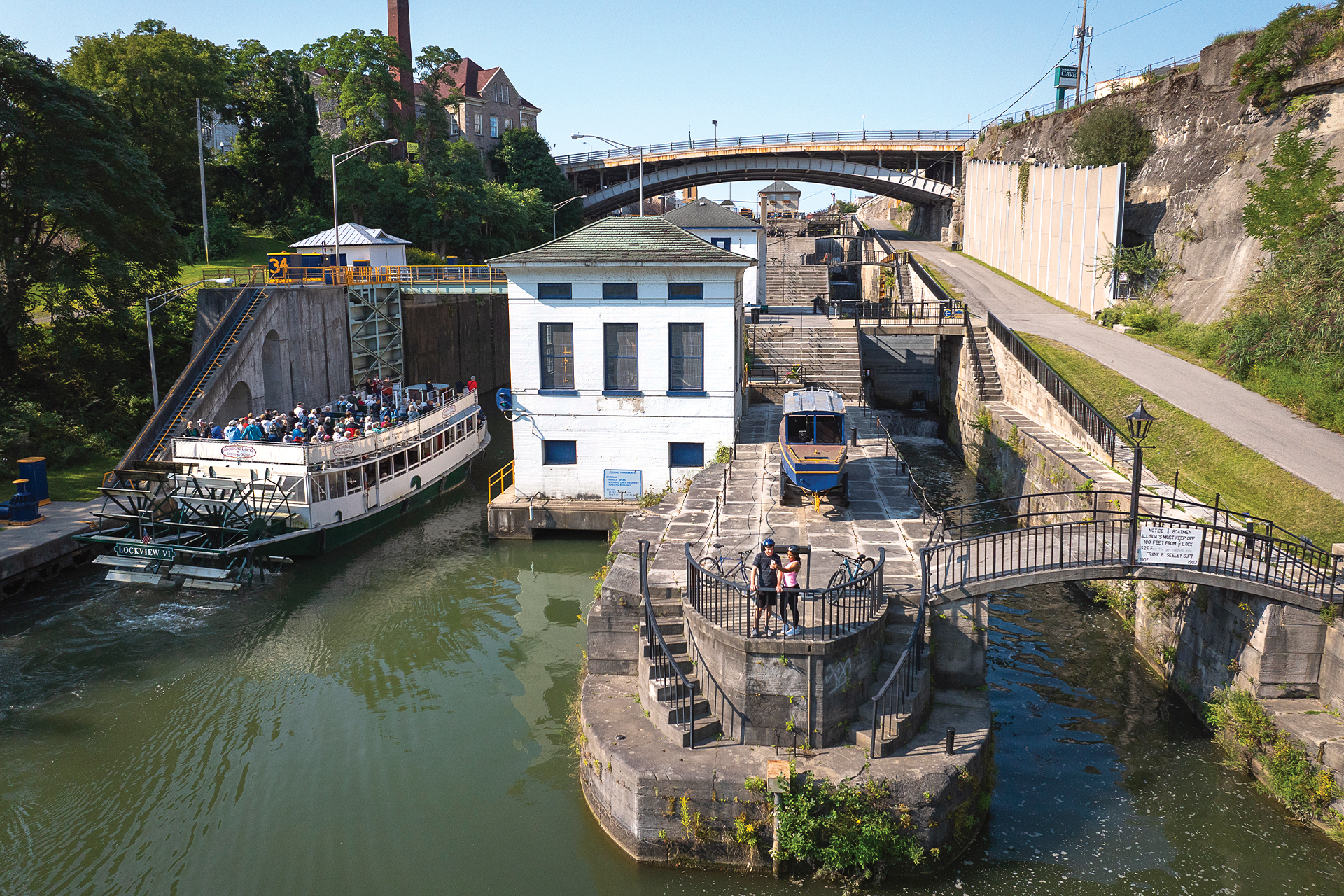What a Ride!
In 2020, Cedar Point celebrated 150 years of thrills — from its start as a beer garden to a roller coaster mecca. In this throwback story published in Lake Erie Living's 2020 Travel Guide, take a look at the park’s past and its future as it continues to redefine fun for the entire family.

For any business to stay in operation 150 years is an accomplishment. For an amusement park, it’s nothing shy of remarkable.
“The amusement park industry in the United States is 200 years old,” says Jim Futrell, historian for the National Amusement Park Historical Association. “Roughly 4,000 amusement parks have operated in the United States. Four have reached their 150th anniversary.”
The latest is Cedar Point, which has grown from humble origins into one of the largest amusement parks in the world, renowned for its roller coasters. The park’s teetered on the brink of closing several times throughout its history, but each time has changed its focus and responded to larger trends in the industry to ensure its survival.
“We continue to adapt,” says Jason McClure, who’s been the park’s general manager since 2014. “At its fundamental base, amusement park experiences are the same. We have world-class roller coasters, but we know we need to continue to invest in the broader experience so everyone in the family has something to do.”
In the 1800s, the beach on the peninsula was praised as one of the best on Lake Erie, and editorials in local newspapers beseeched the construction of a bathhouse to make swimming and recreation more convenient.
“We’re clearly here because of our location,” McClure says. “The mile-long beach continues to be a natural resource. You can’t manufacture our location on the peninsula.”

In 1870, Louis Zistel, a German immigrant who ran fishing boats and had a government contract to transport Confederate prisoners of war to Johnson’s Island, built the bathhouse as well as a beer garden with a dance floor. The attractions were accessible only by boat, and Zistel operated a steamboat line that went from Sandusky to Cedar Point — not an uncommon operation for amusement parks.
“Amusement parks were really a marketing tool for transportation companies,” Futrell explains. “Trolley parks drove the growth of the amusement industry, and that was part of a broader trend of transportation companies building amusement parks. Cedar Point isn’t a trolley park. It’s a steamboat park.”
The nascent park had added its first roller coaster, the Switchback Railway, in 1892, but by the middle of the decade it was facing financial troubles. Indiana businessman George Boeckling stepped in, bought the park and righted the ship. He built the park’s first carousel, bought new bathing suits for swimmers to use and, in 1905, opened the Hotel Breakers, which featured all the creature comforts anyone could ask for. The park became known as the Queen of American Watering Places in the 1920s, but the Great Depression hit, followed by World War II, which led to the closing of many amusement parks and affected Cedar Point as well. The park committed itself to its coliseum, the park’s main hall featuring a bar with concert and dancing space. The acts it drew kept the park alive – albeit lacking in upkeep – into the postwar era.
By the late 1950s, though, attendance was so sparse and the park so shabby that plans were being made to close and redevelop it. But public outcry kept the park open. Ohio Gov. Frank Lausche went so far as to say the state would buy it if it had to. New owners Emile Legros and George Roose dedicated $1.2 million to renovate the park, drawing on the cues of two game-changing theme parks: Disneyland, which opened in 1955, and Six Flags, which opened six years later in Texas.
“Disney really changed the paradigm of the industry, in terms of corporate involvement, standards of cleanliness and a family environment,” Futrell says. “Six Flags made it work on a regional level.”
Cedar Point hired Truman Woodworth, who’d helped design Disneyland, and incorporated some of the California park’s concepts. New rides like the Cadillac cars and a monorail were installed, and employees were professionalized, wearing uniforms. It was then that Cedar Point started its still-thriving tradition of hiring Ohio college students. “We’re a great place to have a first job or develop supervision skills,” McClure says. “Things move faster than they ever have before, so you have to adapt quickly to guest expectations.”
In the 1960s, the park started on its path as a mecca for roller coaster fans, when it added the Wild Mouse, a compact coaster that relied on sharp turns for thrills. The original Wild Mouse gave way to similar coasters called the Scamper and the Wildcat, which was removed following the 2011 season. In 1964, the park opened the Blue Streak, taking its name from the dominant local Sandusky High School football team. Roller coasters continued to be added over the next 25 years, but the real game-changer came in 1989 when the Magnum opened, sparking what Futrell called the biggest roller coaster arms race since the 1920s.
“Magnum really changed the paradigm,” he says. “It had no loops and big hills. It really demonstrated the appeal of the roller coaster. The arms race continued for the next 10 years. The record of the highest and fastest roller coaster was broken three times in 2000, including with the Millennium Force.
But McClure wants people to know that the park isn’t just roller coasters. “Entertainment and food and beverages have become important,” he says, “and we continue to invest in them.”
The park offers old favorites while changing with the times. Futrell notes that the amusement park industry is a mature one, and, although there aren’t a whole lot of new amusement parks opening, the ones that continue to operate also continue to innovate.
The Mean Streak, once the tallest wooden roller coaster in the world, was transformed into the Steel Vengeance in 2018. And last year, the park introduced Forbidden Frontier on Adventure Island, a fully immersive, interactive live show where the story for the day is determined by guests.
“People are growing up with a different type of videogaming with more storytelling,” McClure says. “This is a similar experience to that, and we’re bringing it to life.”
The sesquicentennial year will be marked with multiple events, and, McClure says, Cedar Point fans are excited. “We’re already hearing from people who are sharing their memories and connecting with us,” he says. “Amusement parks are where families come together and create memories. We want to celebrate with our guests. They’re the reason we’ve been here for 150 years.”
Story:
Vince Guerrieri
2020 May/June






